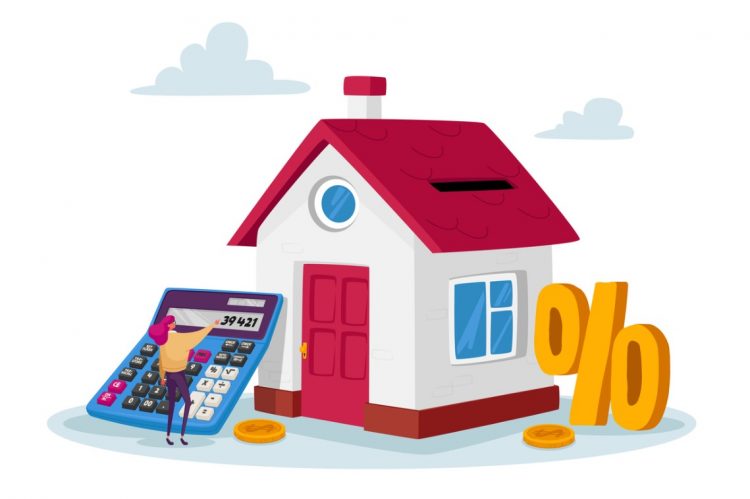In August, mortgage rates surpassed 7%, hitting a more than two-decade high. At the beginning of 2023, most housing-market watchers expected rates to drop steadily throughout the year, perhaps even falling back down to 6% by year’s end. But rates are remaining persistently high in the face of economic uncertainty. And consumers are starting to get grumpy about it.
Over the past year, the housing market has been surprisingly resilient even as interest rates have escalated. However, as we move further into fall and mortgage rates stay stuck above 7%, we’re likely to see more buyers cry “uncle.” For many would-be homebuyers, a mortgage rate above 7% simply means that the numbers do not work for them. As apartment construction booms and rents begin coming down, some are deciding that renting is a better financial option than buying.
That 7% threshold is a psychological, as well as financial, barrier for consumers. Last year, when mortgage rates hit 7% in early November, the housing market stalled out as homebuyers decided to sit on the sidelines in November and December, fatigued from the frenzied pace of the COVID-era housing market and disillusioned by rates more than double what they had been just a year earlier.
Prospective homebuyers and sellers are once again feeling gloomy this fall as rates remain stubbornly high. Consumer confidence has started to stumble as individuals and households are becoming more anxious about the economy. Although there is still pent-up demand for homeownership, the combination of growing affordability challenges and consumers’ angst signals another pullback in buyer activity is on the way, similar to what we saw last fall. In addition, sellers are also feeling increasingly uneasy, and even those who want to move are likely going to hesitate.
When people are worried, they tend to not make big changes or take on substantial new endeavors, such as buying or selling a home. As a result, it is looking very possible that the fourth quarter of 2023 will be the slowest quarter for home sales activity since 2010. Overall, total annual home sales in 2023 could fall below 4.2 million.
However, fewer transactions do not mean falling prices, at least in this unusual post-pandemic housing market. The same economic and psychological obstacles sidelining buyers will also keep sellers out, locking down both sides of the housing market. Supply is still near record-low levels in many markets, and buyers-of-necessity will still need to act relatively quickly when they find the home that is right for them. Therefore, if the financial and psychological burden of 7%-plus mortgage rates puts the brakes on the housing market in terms of sales, it does not necessarily mean a reversal in home prices.
For more information, please visit https://www.brightmls.com.












